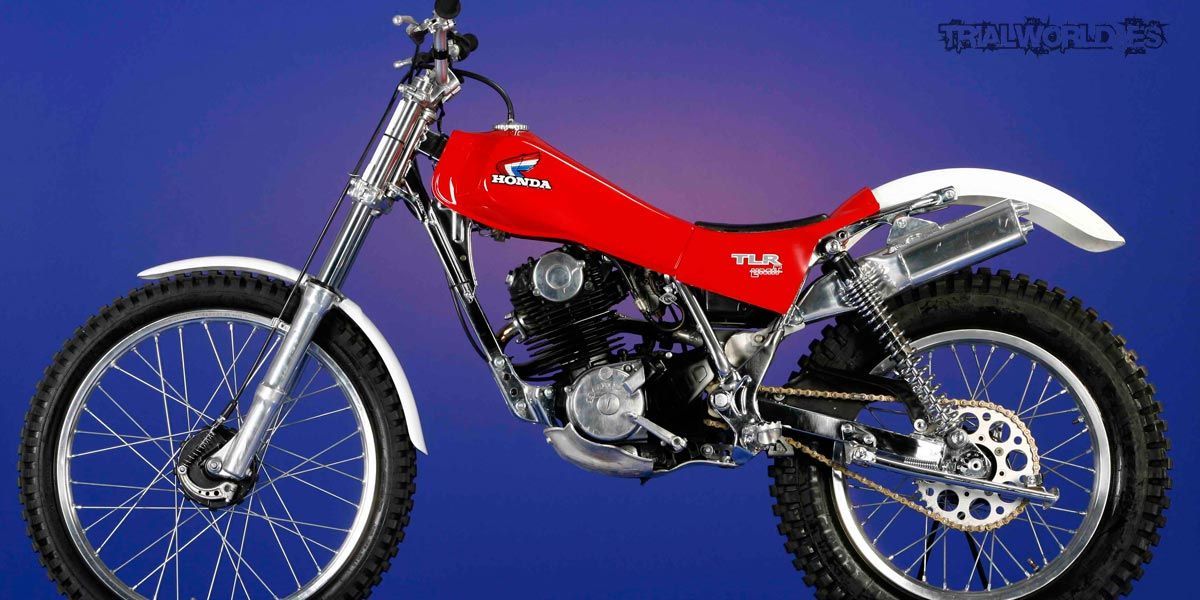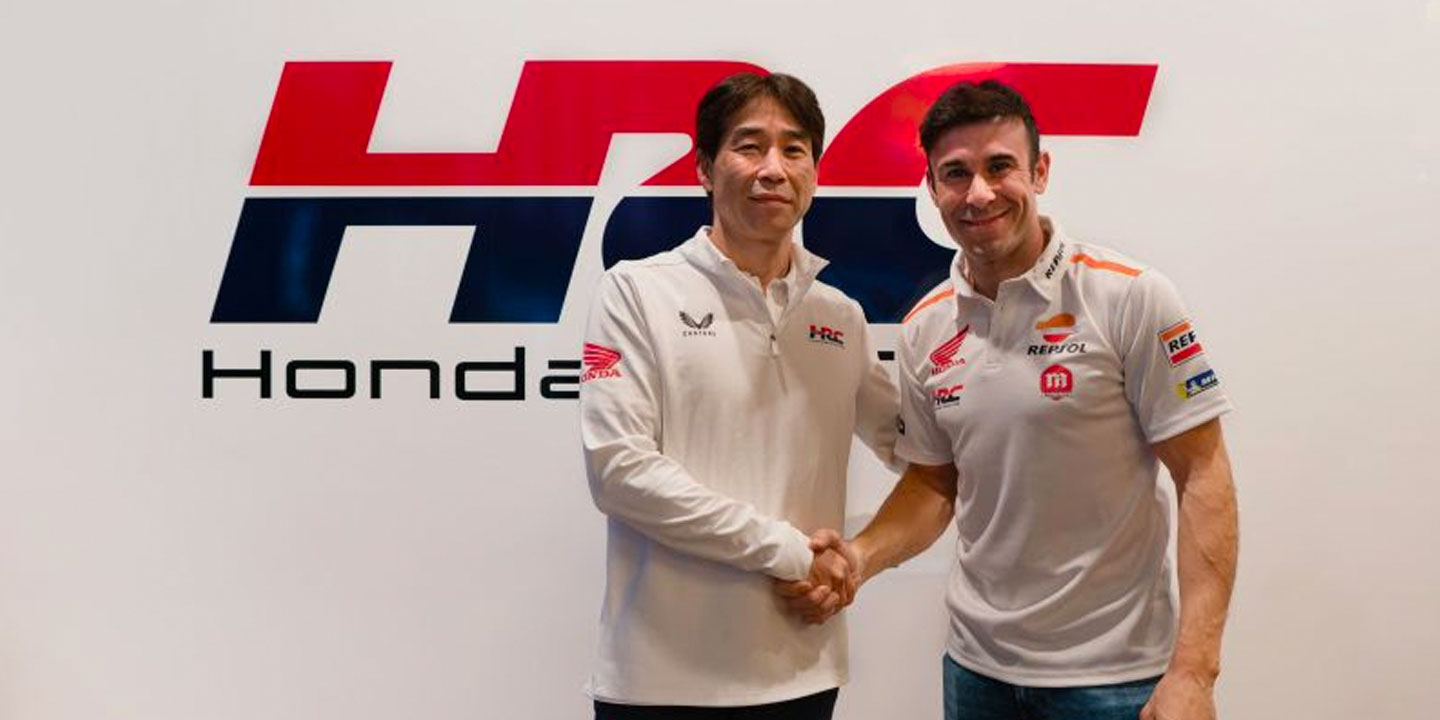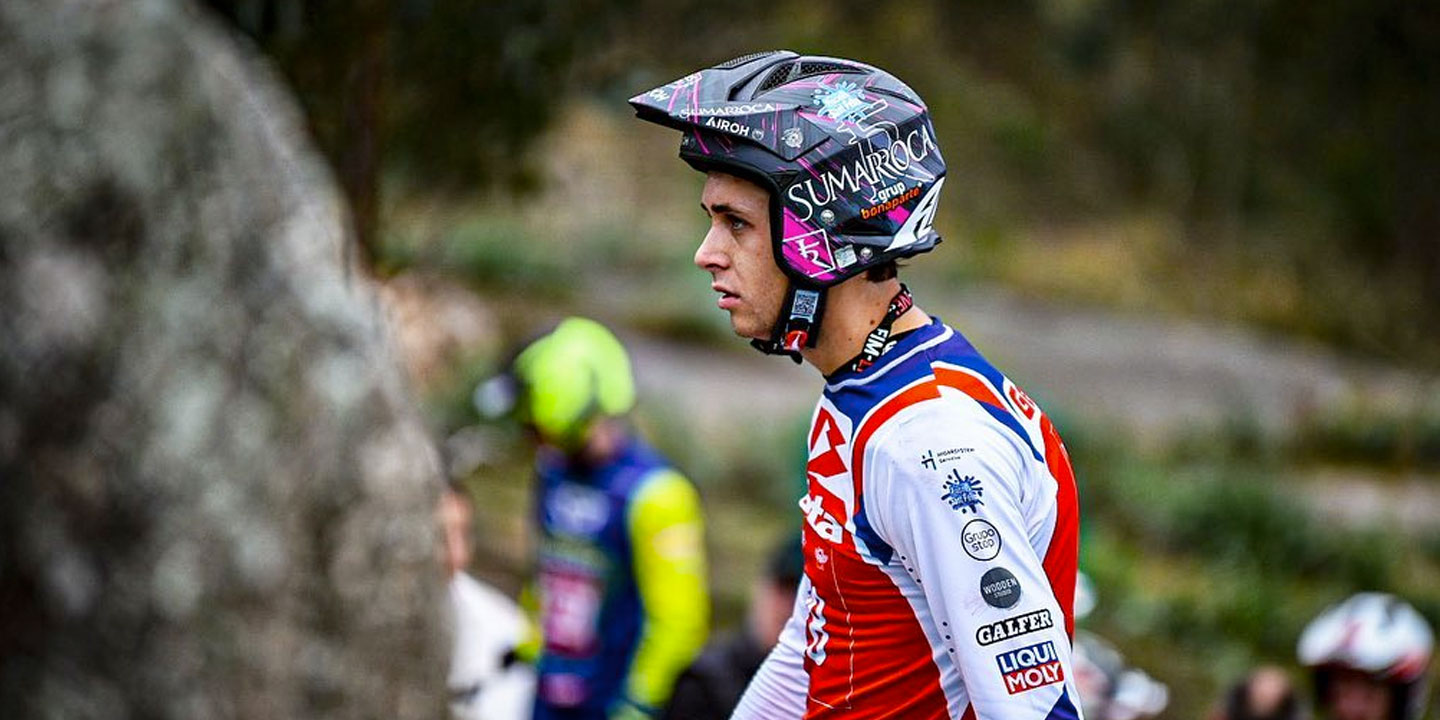The consolidated love for classic Trial, together with a wide and varied range of models, makes this discipline an exciting option to enjoy mountain biking with unique sensations. In line with the report we have prepared, we must focus on two main aspects. The first is the proliferation of classic competitions, where it is possible for riders of any age and level to enjoy a fun day with the best classic Trial atmosphere. Secondly, due to the fact that many fans choose their motorcycle according to their bike, not always based on performance, but rather on the passion and feeling for a model or brand.
When the bike falls into your hands, or you think about updating it, there are several basic points that must be addressed regardless of the level of riding. Components such as handlebars, up-to-date tires, and rear suspension are the most common. However, it is very seldom taken into account to improve the most effective section: optimizing the distribution of weights.
At the time, it was rare to find category drivers who did not modify the controls to their driving style or needs. In addition to the components found in the handlebars, it is essential to assess the great dynamic improvement that a repositioning of the footpegs can bring.
What are we looking for with this?
Mainly to lower the center of gravity and gain stability. Depending on the model and the needs of the rider, a reduction of between 30 and 60 mm can be achieved with respect to the starting position. Just with this detail, the difference when it comes to keeping balance and gaining stability is impressive. In addition, the rider’s legs wrap the whole better and the movements of the body are transmitted more effectively to the bike. In two words, we will gain in stability and sensitivity.
Another point on which we can influence is the modification of the initial geometries. Taking advantage of the relocation of the running boards, the driving position can be delayed to seek more traction and support on the rear axle. This will also depend on each model and the rider’s needs, as a riding position that is too far back can be counterproductive to poise on the lines.
Finally, the repositioning can be used to accommodate new footpegs that are wider or with different grooves.
To find a tailor-made solution, ARS Trial Parts offers personalized advice and a truly exquisite service. We have made this improvement ourselves on a Honda TLR 200 and the result could not be more satisfying, to the point that if we could go back in time, it would have been the first of our improvements
We should also point out that it is not a simple operation and requires professional work. This is an improvement that is made on the chassis and will last a lifetime, so it pays to be fine and meticulous with the process.
Classic trials have a feature that makes them very attractive: they are very different from each other. That implies that they all have a very marked personality. Possibly more accentuated than in the current manufacturing models. They all share the dimensions of their tires, but, from there, they are noticeably different from each other. However, there is one aspect common to practically all classic trial bikes. Its footpegs are positioned too high for today’s classic trial.
The modification of this section in some models allows spectacular results to be obtained. It is a complex operation that usually requires the intervention of a specialized workshop and that is why there are those who resort to mounting the highest handlebar that finds or modify the upper fork post to raise it. These operations are only recommended to improve the driving comfort of the taller riders.
The repositioning of the footpegs in a lower position, similar to that used by modern motorcycles, increases the stability of the motorcycle in the areas and makes things extraordinarily easier for its rider. On some Montesa models we have lowered the footpegs by up to 60 mm. In general, it is not necessary to go so far (nor convenient in many cases). From 20-25 mm onwards, the improvements are already clearly noticeable.
At ARS, we take into account the following issues for this modification:
– The footpeg area is subjected to significant stress and therefore it must be ensured that the resistance of the chassis is not reduced.
– The new footpeg anchors should make it possible to mount the footpegs of modern motorcycles, which are much more comfortable and resistant than the original ones.
– The appearance of the motorcycle should be altered as little as possible.
TRANSFORMATION PROCESS TO REPOSITION THE FOOTPEGS
1) The design of cardboard templates that adapt as much as possible to the chassis of the motorcycle. These insoles are then laser cut from very thick steel, usually greater than 6 mm.
2) Removal of the original anchors of the motorcycle footpegs (we previously took measurements of their original location) and smoothing of all surfaces so that the final appearance of the work is correct.
3) Welding by specialists of the jigs and, on them, the new anchors of the footpegs in the lowest position.
According to the rider’s wishes, we also take the opportunity to place the footpegs further back or even further forward in some cases, although in this case the variations are small, in the order of 10 mm, with respect to the original situation.
If you are interested in carrying out this operation, you can find out more about your particular case with ARS at this email address or at www.arstrialparts.com
Text: David Quer & Jose Vicente Franqueira / Photos: David Quer















